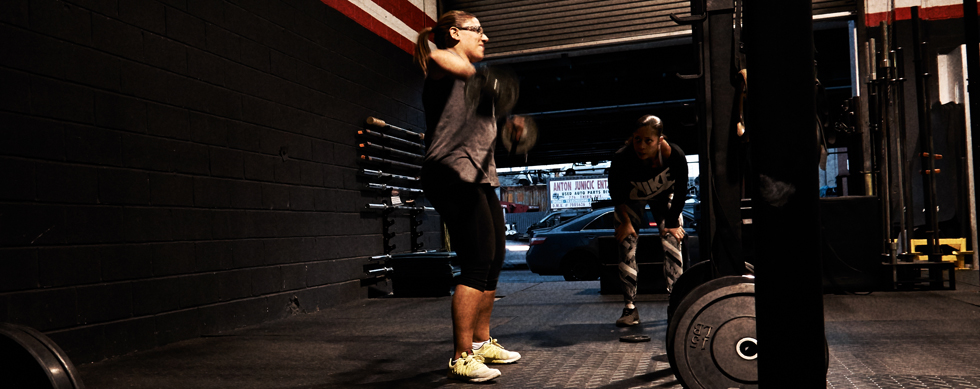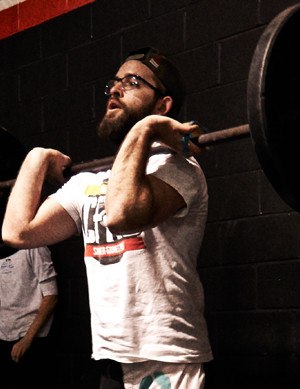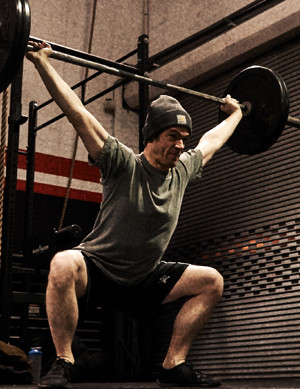Enforcing the Standards in a CrossFit Competition
By: Reuben Pearlman
Looking forward to Competition Season?
Coach Tammy is putting together a FREE judging workshop on Saturday, February 20th at 2:00pm, just in time for the Open! The intent of the workshop is to set expectations for judging athletes during a competition. You will go over the standards and range of motion for movements that commonly show up in the Open. You will also practice counting fast and slow repetitions, and we will discuss how to handle bad reps. (NO-REP!)
Here’s a quick breakdown of some important tips for judging a competition, according to BoxLife Magazine:
1. Know the movement standards and go over them with your athlete.
Movements like toes-to-bar (t2b) are simple to observe, but if you (as a judge) aren’t aware that the athlete’s feet need to go behind the vertical plane of the bar, you’re in trouble. It’s important to brush up on the movement standards for each Open workout, so that you know what qualifies as a rep—and a no rep—and you’re able to explain that to your athlete before they attempt the workout. Doing so will help the athlete avoid no-reps, post a good score and reinforce their confidence in you as a judge. If they do happen to perform a no-rep, they’ll be less likely to give you shit about it—depending on the athlete, of course.
2. Ask your athlete what their preference is for counting and encouragement.
Some athletes want every rep counted out, while others like to hear every 5th rep. Others simply want the judge to be silent until they confirm all the reps have been completed. Similarly, the same applies to the level of encouragement a judge should give to their athlete. Everyone has a personal preference when it comes to how much support they want to receive. It’s more than likely that you’ll be judging a friend at the box (though it’s still important to stay honest—see below) so you’ll already probably know what they want to hear (or not hear) and when, but it doesn’t hurt to ask how they feel about encouragement during the workout. After all, this is the Open and people tend to take it a bit more serious than a regular WOD. Some athletes might want things to be quiet so they can stay in ‘the zone’, and others might want as much vociferous support as they can get.
3. Be aware of space and equipment.
Though it’s not the judge’s job to touch the equipment, you can make sure that your athlete has plenty of space to operate prior to the workout getting underway. You don’t want a catastrophe where a bouncing bar runs into the shins of someone performing 15.2 right next to you. In addition, make sure you know where to stand to judge each repetition of each movement. It’s no use standing directly in front of someone when they’re doing t2b, as you won’t be able to see if their feet are breaking the plane of the pull-up bar. For most movements, the best position to judge from is to the side of the athlete—this way you’ll be able to see full extension of the hips, knees and arms. Once again, make sure that you have enough space to be able to stand and judge without interfering with another athlete’s workout.
4. Be honest.
Perhaps the most important quality of a judge is honesty. Don’t be afraid to hand out repeated no-reps during a workout. It may feel uncomfortable, but you have to remember that you have everyone’s best interests in mind. You want to ensure that your athlete’s score is an accurate reflection of the performance they gave. You don’t want other people in the box to be ticked off because you let your athlete get away with repeated no-reps, thus giving them an inaccurate score and placing on the leaderboard. In that sense, you have to be fair to all the athletes who are competing in the Open—not just the one you’re judging.
Bonus Tip.
You should consider NOT judging your best pals at the box. If you want them to do well, it can be that much harder to give a no-rep when you should. Yes, you can be encouraging and supportive, but remember that it’s your job to enforce the movement standards to the best of your ability and ensure that the athlete’s score is as accurate as possible.






Trackbacks & Pingbacks
[…] Read more about The Open: 2016; Mobilizing for the Open; & Enforcing the Standards in a CrossFit Competition. […]
Leave a Reply
Want to join the discussion?Feel free to contribute!